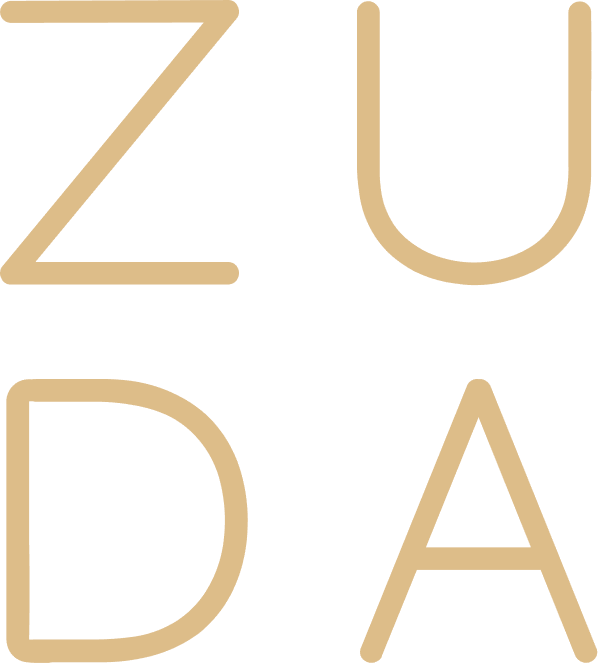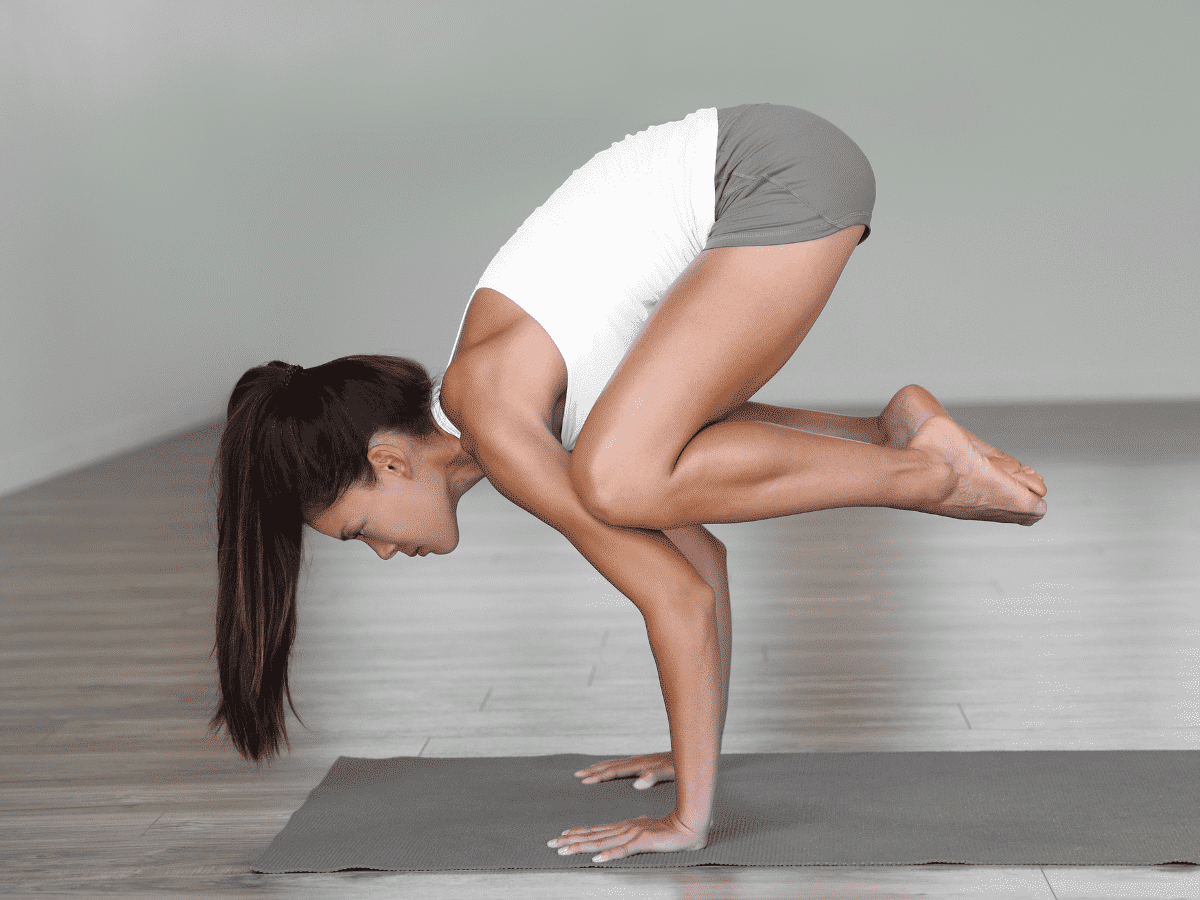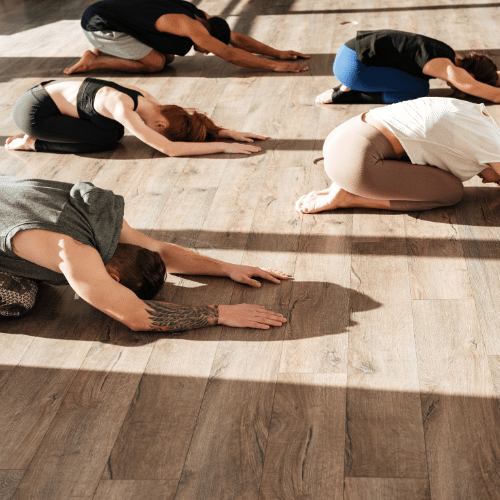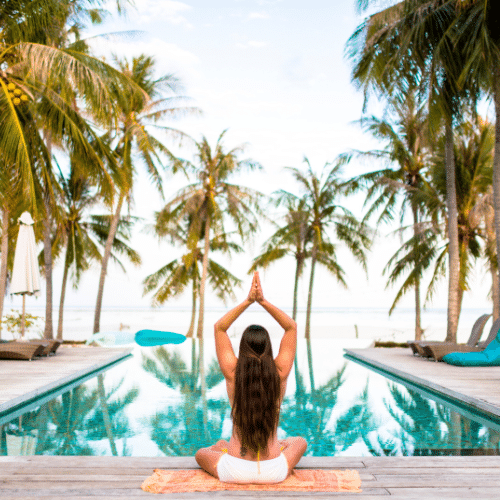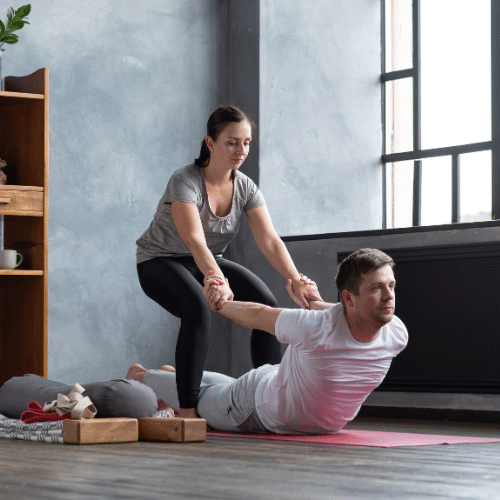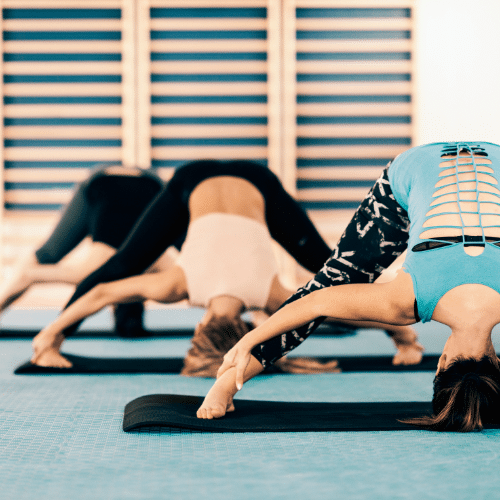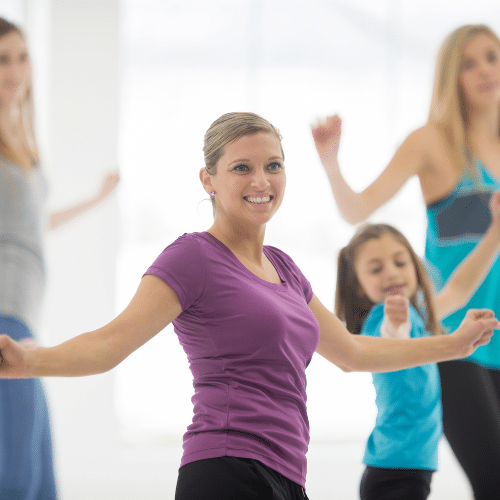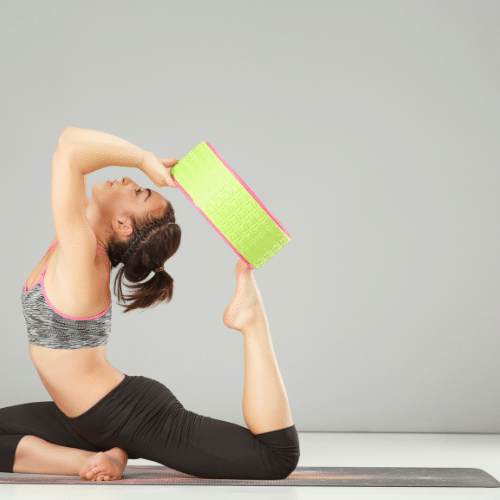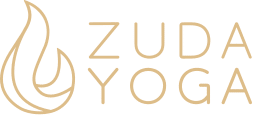Yoga is interwoven with nature’s teachings and symbols. During yoga’s many evolutions, practitioners wanted to increase meditation time. It wasn’t easy to maintain the same position for 10yrs or more. Early devotees found inspiration in mimicking the natural movements of animals.
This is what inspired poses like Bakasana. Kakasana (crow pose) and Bakasana (crane pose) are the first challenging arm balancing poses attempted by students. Believed to be messengers sent from God, cranes and crows are revered in Asian cultures. Although they are two separate poses, they are very similar. Crane pose uses straight arms with underarms overlapping knees. Crow pose uses bent arms with upper arms holding knees. The benefits of crow pose make learning this complex technique worthwhile.
BENEFITS OF CROW POSE
BALANCE
The first benefit is balance. It most likely is the first challenge as well! Maintaining a singular focus with calm, sustained breathing is a must. Bakasana improves balance by increasing concentration to control muscle groups.
WRIST STRENGTH
Crow pose helps strengthen the wrists. Many people turn to this pose to remedy carpal tunnel syndrome. Building up necessary muscles in the wrist prevents ligaments and tendons from overworking.
GROIN FLEXIBILITY
Bakasana also stretches the inner thigh muscles. When they stretch, they loosen and work the groin muscles. That prevents knees and hips from overuse and reduces the overall risk of injury.
CORE STRENGTH
The core of the body gets an excellent workout during crow pose. Abdominal muscles hold support and control breathing. The spine is also called into duty. The unusual positioning improves posture. This pose also relieves pressure on the spine that can limit movement leading to increased stiffness.
MENTAL BENEFITS
The upside is not only physical. Bakasana stimulates mental well-being. The crown, throat, and solar-plexus chakras are all activated when performing Bakasana. Meditation and introspection heighten because of the intense focus needed to maintain balance.
HOW TO DEMONSTRATE CROW POSE
Start with bent knees and palms flattened against the floor about shoulder distance. Position palms steady and comfortable in front of toes. Elbows need to bend backward. Now spread the knees a bit and rock to the balls of the feet. The knees should align with the back of the upper arms. Rest the knees against the arms.
Next is where arm strength really develops. While lifting the head, shift body weight forward. Move from the balls of the feet to the tiptoes. Lift one foot off the ground. Then the goal is to lift the remaining floor-bound foot into weightlessness. Once this is accomplished, use the inner thighs to brace the knees against the upper arms. Lift the body by using the strength of the shoulders. Release your breath and slowly descend into the original position.
ESSENTIALS WHEN LEARNING CROW POSE
Keep elbows aligned with wrists and shoulders. Too much weight on splayed wrists or elbows will cause injury. Take care not to rest your legs on your arms when lifting your body off the ground. Utilize core strength rather than hip strength to hold the pose. Keep your head raised to maintain balance.
HOW TO DEMONSTRATE SIDE CROW POSE
Side crow, or Parsva Bakasana, is a variation that strengthens the core and arms. Once this pose is mastered, confidence, concentration, and flexibility improve in leaps and bounds. Participants notice activity in the obliques as body balance is tested.
A twist is added to the side crow. This results in both knees resting against a single elbow. This one sounds and looks nearly impossible. But once the crow pose is mastered, a slight balance adjustment brings an easy solution to the side crow. To start the side crow, squat with the knees and the feet together. Extend the left arm to the sky while inhaling. Upon exhale, twist the torso to the right and drop both hands to the outer side of your right foot onto the floor. Elbows belong at 90° angles as the trunk of the body leans forward.
This creates small shelves from your upper arms. Rest both of the hips on the right arm shelf. Then rest both of the knees against the left arm shelf. Tilt forward until the upper arms are parallel with the floor and the feet have difficulty staying on the ground. Slowly lift both feet, so the hands balance the entire body. To return, tilt back and allow the arms to straighten. Repeat attempting the same procedure on the other side. In most instances, a person will have an easier time with one side over another.
ESSENTIALS WHEN LEARNING SIDE CROW POSE
A yoga block can be used on the floor to rest the head as the pose shifts forward. Utilize the block for help when lifting the feet from the ground. It’s also advised to spread the fingers as wide as possible. This ensures the wrists do not compress. Students can also practice lifting their feet off the floor until it is a comfortable motion.
HOW TO DEMONSTRATE FLYING CROW POSE
Flying crow pose, or Eka Pada Galavasana, is definitely an advanced yoga pose. A focused and meditative mind is needed to perform and master this pose safely. One should begin in Plank or Downward Facing Dog. Pull the hands towards the body until they are even with the shoulders. Be sure to spread the fingers very wide.
Point the toes inward and hold the hips high. Some students find it helpful to rock a little from side to side to get maximum height. Deeply inhale while lifting the right leg as high as possible. Bend the raised knee to roll the hips. Exhale and bring the right knee to the bent right arm shelf. Look forward, not down. Tilt a bit forward. If toes want to leave the ground, put both knees on the right arm shelf. Once this is comfortable, extend the left leg and straighten it behind you.
CROW POSE IS A CHALLENGE WORTH LEARNING
Crow pose and its variations bring numerous benefits of improved core, concentration, and balance.
If you’re interested in enhancing flexibility and balance in a fun environment, flow with us at Zuda Yoga. Our instructors are ready to help you safely push yourself and improve your strength, flexibility, and mindfulness.
